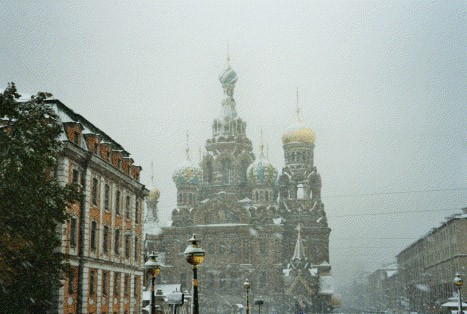ORDER THE BOOK
PAPERBACK
Amazon
Barnes & Noble
Bookshop
Books-A-Million
E-BOOK
Kindle
Nook
Apple Books
Google Play
Kobo
AUDIOBOOK
(Download)
Winter Garden
Behind the Book
Researching Winter Garden
An Original Essay by the Author
Long ago, in a galaxy far, far away, I wrote historical fiction. For years, I immersed myself in other time periods and rooted my stories in distant places. And then, somewhere along the way of this career, I came home in a way. I turned my attention to contemporary matters and began to write about women’s lives. More often than not, I set these stories in places I knew well.
I didn’t really make a conscious decision to change that pattern. In fact, I tried very hard to continue it. I enjoyed writing about the Pacific Northwest. True Colors andFirefly Laneliterally took place in my own backyard and I loved it. The problem was that an oddball idea came to me. Now, believe me, I have a lot of strange ideas and I usually just ignore them until they go away. But this idea was Velcro. It started with a friend’s offhand comment about women during the siege of Leningrad. I knew very little about modern day St. Petersburg, next to nothing about Leningrad, and absolutely nothing about how the city fared during World War II.
So I did what I usually do when an idea is insistent: I started researching the topic.
That’s where the game ended…or began, depending on your point of view. Once I read my first account of the siege, I was hooked. Big time. The survivors’ stories literally clawed their way into my heart and there they remain. Hopefully you’ve finished Winter Garden before reading this essay, and if so, you have a pretty good picture of the suffering endured by Leningraders. What I was less able to incorporate into the novel was the beauty of the city. Leningrad was built to be famous, an eternal, gorgeous city that would welcome artists and celebrities and the wealthy. Picture elaborately designed buildings, topped in gold and painted gaily… picture arching bridges over sweeping rivers…picture scrollwork and marble statues and intricately landscaped public parks…now picture the Northern lights sparkling above. All of this was Peter’s Window to the West, the city that would give Venice a run for its money.
Of course, Stalin didn’t share Peter’s vision of the future and his rule became the anvil that beat down the citizenry. To write Winter Garden, I had to research not only the effect of the war on Leningrad, I had to become completely familiar with the people who lived there before the war. I read dozens of books about Stalin’s regime, the Great Reign of Terror, and the disappearances that terrified everyone. It was really important for me to understand the Communist mentality because it informs the choices that people made. After years of terror, the citizens had learned not to question their government. Thus, when Stalin ordered the evacuation of the children of Leningrad, it was done. It’s true that mothers put their children on trains, with their names pinned to their coats, with no real idea where those trains were going and when they would see their children again, if ever. It’s true that several of those trains were sent directly into German troops and bombed. It’s also true that Leningrad became a city of women during the siege—men, except for the very young and the very old—were off to fight the Germans.
The most difficult facet of the research was definitely reading the first hand accounts of the survivors. Diaries, letters, interviews. Unfortunately, the records of this time are not as extensive as they should be. It is yet another example of Stalin’s repression. Only recently has the real truth begun to be told.
In writing Winter Garden, it was my goal to take this epic, tragic event and personalize it as much as possible. I wanted to give you all this story of survival and loss, horror and heartache in a way that would allow you to experience it with some measure of emotion. I am not a historian, nor a non fiction writer. My hope is that you leave this novel informed, but not merely with the facts and figures; rather, I want you to be able to actually imagine it, to ask yourself how you would have fared in such terrible times.
If you want more information on the siege of Leningrad, I recommend: Writing the Siege of Leningrad by Cynthia Simmons and Nina Perlina; Poems of Akhmatova by Stanley Kunitz with Max Hayward; Leningrad Under Siege by Alex Adamovich and Daniil Granin; Siege and Survival by Elena Skrjabina; The 900 Days by Harrison E. Salisbury.
St. Petersburg Church of the Savior on Blood


